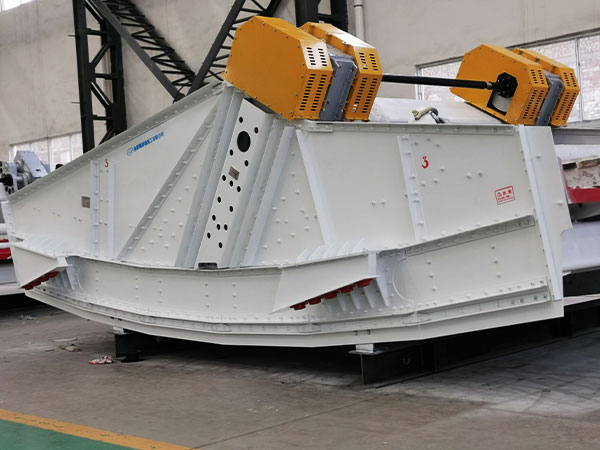What are the factors that affect the capacity of high frequency screen?
The capacity of a high-frequency screen refers to the maximum throughput or the amount of material that can be processed by the screen within a given time period. Several factors influence the capacity of a high-frequency screen:
Screen Size and Deck Configuration: The physical dimensions of the screen, including the length, width, and number of decks, determine the screening area available for material separation. Larger screens with multiple decks typically have higher capacities compared to smaller screens with fewer decks.
Screening Efficiency: The efficiency of the screening process influences the capacity of the screen. Higher screening efficiency allows more material to be effectively separated and processed within a given time frame.

Screening Media: The type of screening media used on the screen deck, such as wire mesh, polyurethane, or rubber, affects the screening efficiency and capacity. Different screening media have varying open area percentages and aperture sizes, which impact the throughput capacity.
Material Characteristics: The properties of the material being screened, including particle size distribution, moisture content, and bulk density, influence the capacity of the screen. Materials with finer particle sizes and lower moisture content generally have higher capacities compared to coarser or wetter materials.
Vibration Frequency and Amplitude: High-frequency screens operate at higher vibration frequencies compared to conventional screens, typically ranging from 2500 to 4000 RPM (revolutions per minute). The amplitude of vibration also affects the screening capacity. Higher vibration frequencies and amplitudes enhance the screening efficiency and capacity of the screen.

Feed Rate: The rate at which material is fed onto the screen deck affects the capacity of the screen. Higher feed rates may exceed the processing capacity of the screen, leading to reduced efficiency or material spillage.
Screening Angle: The angle of inclination or tilt of the screen deck influences the material flow and retention time on the screen surface. Optimal screening angles maximize the capacity and efficiency of the screen.
Drive System and Power: The drive system powering the screen, whether it’s an electric motor, hydraulic motor, or mechanical drive, affects the capacity and performance of the screen. Adequate power and torque are essential for maintaining optimal screening conditions.
The capacity of a high-frequency screen is typically expressed in terms of tons per hour (TPH) or cubic meters per hour (m³/h) of processed material. It is important to consider all the aforementioned factors and conduct performance testing to determine the actual capacity of a specific high-frequency screen in a given application.



